Table of content
Crispy persimmons, with their refreshing sweetness and satisfying crunch, have become a beloved snack worldwide. Unlike their soft, gooey counterparts, these crunchy treats retain a firm texture and a bright, tangy-sweet flavor that makes them ideal for snacking, salads, or desserts. The secret to achieving this delightful texture lies in the preparation method, which involves carefully controlling the ripening process to preserve firmness while eliminating astringency. In this comprehensive guide, we’ll explore the science behind crispy persimmons, the best varieties to use, and detailed steps to transform fresh fruit into a crisp, sweet delight.
Understanding the Basics of Persimmons
Before diving into the preparation process, it’s essential to grasp the biology of persimmons. There are two primary types: astringent and non-astringent. Astringent varieties, like Hachiya persimmons, contain high levels of tannins that cause a dry, puckering sensation in the mouth when unripe. Non-astringent types, such as Fuyu persimmons, have lower tannin levels and can be eaten while still firm. For crispy persimmons, non-astringent varieties are preferred, as they naturally retain their firmness even after ripening. However, with proper techniques, astringent varieties can also be transformed into crispy treats through controlled de-astringency methods.
Selecting the Right Persimmons
The foundation of a great crispy persimmon lies in selecting the right fruit. Look for firm, brightly colored persimmons with smooth, unblemished skin. Avoid fruits that are overly soft, bruised, or showing signs of mold. For non-astringent varieties like Fuyu, choose persimmons that are fully orange but still firm to the touch. These will crisp up beautifully during preparation. If using astringent varieties like Hachiya, ensure they are bright orange and fully ripe but not mushy—they should feel like a water balloon ready to burst.
Preparation Steps: From Fruit to Crispy Delight
Cleaning and Peeling
Start by washing the persimmons under cool running water to remove dirt or residue. Gently scrub the skin with a soft brush if necessary. For non-astringent varieties, peeling is optional but recommended to enhance texture and remove any bitterness from the skin. Use a sharp vegetable peeler or paring knife to carefully remove the skin, leaving as much flesh intact as possible. For astringent varieties, peeling is mandatory to reduce tannin content.
Core Removal
Using a small spoon or melon baller, scoop out the calyx (the leafy crown) and any surrounding seeds or fibrous material from the top of the persimmon. This step ensures a smoother texture and prevents bitterness.

Slicing
Cut the persimmons into uniform slices or wedges. Thickness depends on preference, but ¼-inch slices work well for most recipes. Thinner slices will dry faster but may become leathery, while thicker slices retain more moisture and crunch.
De-Astringency Methods (For Astringent Varieties)
If using astringent persimmons, de-astringency is crucial to eliminate the mouth-drying tannins. Here are three effective methods:
Method 1: Alcohol Dip
- Submerge persimmon slices in a neutral spirit (like vodka) for 1–2 minutes.
- Drain and pat dry. The alcohol denatures tannins without leaving a strong flavor.
Method 2: Warm Water Bath
- Fill a large pot with water heated to 140°F (60°C).
- Soak persimmon slices for 10–15 minutes, then rinse under cold water.
Method 3: Freeze-Thaw Cycle
- Place whole persimmons in the freezer until solid (4–6 hours).
- Thaw at room temperature. The ice crystals disrupt tannin molecules, reducing astringency.
Drying and Crisping Techniques
The key to achieving crispy persimmons lies in removing moisture while preserving structure. Choose one of these methods based on equipment and time constraints:
Oven Drying
- Preheat the oven to the lowest setting (ideally 150–200°F or 65–93°C).
- Line baking sheets with parchment paper and arrange persimmon slices in a single layer.
- Bake for 4–6 hours, flipping halfway through. The slices are done when they’re leathery but still pliable.
- For extra crispiness, increase the oven temperature to 250°F (120°C) during the final 30 minutes.
Food Dehydrator
- Set the dehydrator to 135°F (57°C).
- Arrange slices on trays, leaving space between them.
- Dry for 6–8 hours until crisp. Dehydrators offer even heating and preserve nutrients better than ovens.
Sun Drying
- In arid climates, spread slices on wire racks and place them in direct sunlight for 2–3 days.
- Cover with cheesecloth to protect from insects. This method imparts a subtle caramelized flavor but requires consistent dry weather.
Post-Drying Treatment: Enhancing Crispness
Even after drying, persimmons can absorb moisture from the air. To lock in crispness:
- Cool completely before storing.
- Condition the slices by placing them in an airtight container with a moisture absorber (like rice or silica gel) for 24 hours.
- Vacuum-seal for long-term storage.
Storage and Shelf Life
Properly dried crispy persimmons can last up to a year when stored correctly:

- Room Temperature: Place in airtight containers in a cool, dark pantry (6 months).
- Refrigerator: Extends shelf life to 9–12 months.
- Freezer: Vacuum-sealed bags keep them fresh for 18–24 months.
Creative Ways to Enjoy Crispy Persimmons
Crispy persimmons are versatile beyond snacking:
- Salads: Toss with arugula, goat cheese, and toasted pecans.
- Granola: Add to homemade granola for a sweet-tart crunch.
- Cheese Boards: Pair with aged cheddar or blue cheese.
- Baking: Crush into a powder and use as a natural sweetener in muffins or cookies.
Troubleshooting Common Issues
- Soggy Texture: Over-drying or high humidity during storage. Re-dry at a lower temperature or use a dehumidifier.
- Burnt Edges: Oven temperature too high. Use an oven thermometer for accuracy.
- Bitter Aftertaste: Incomplete de-astringency. Repeat the alcohol dip or freeze-thaw method.
Health Benefits of Crispy Persimmons
Beyond their delicious taste, crispy persimmons offer nutritional perks:
- Fiber: Aids digestion and promotes satiety.
- Vitamins A & C: Boosts immunity and skin health.
- Antioxidants: Combats oxidative stress and inflammation.
Cultural Significance
In East Asia, dried persimmons (known as gotgam in Korea or hoshigaki in Japan) are cherished traditional snacks. Japanese artisans often massage whole persimmons daily during drying to enhance sweetness, a method dating back centuries. Modern techniques now blend tradition with efficiency, allowing home cooks to recreate these treats globally.
Conclusion
Making crispy persimmons is a rewarding blend of science and art. By selecting the right fruit, mastering de-astringency, and controlling moisture levels, you can transform humble persimmons into a gourmet snack that rivals store-bought alternatives. Whether enjoyed straight from the jar, crumbled over yogurt, or gifted to friends, these golden slices embody the harmony of nature’s sweetness and human ingenuity. So grab your apron, stock up on persimmons, and embark on a culinary adventure that bridges tradition and innovation—one crispy bite at a time.
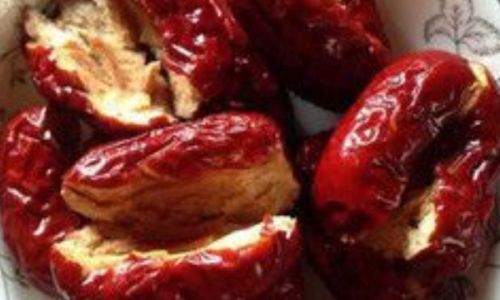
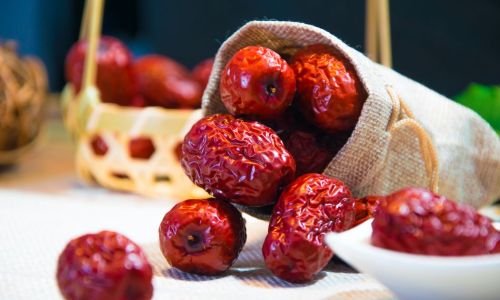
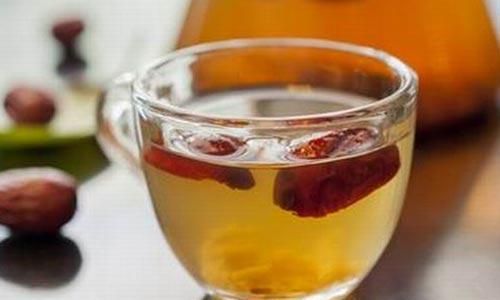
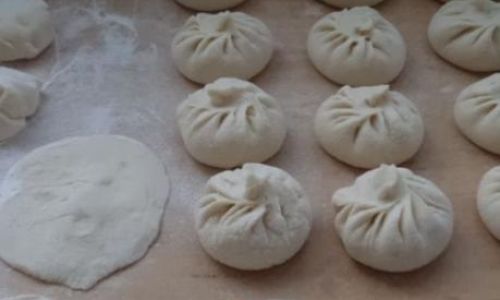
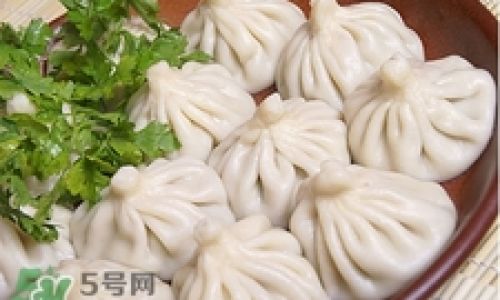
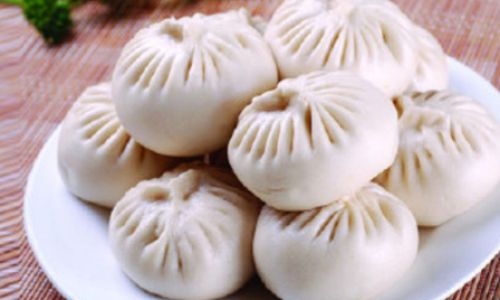
0 comments